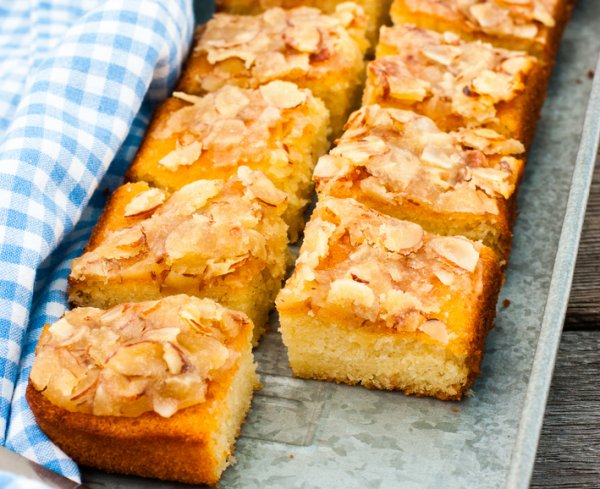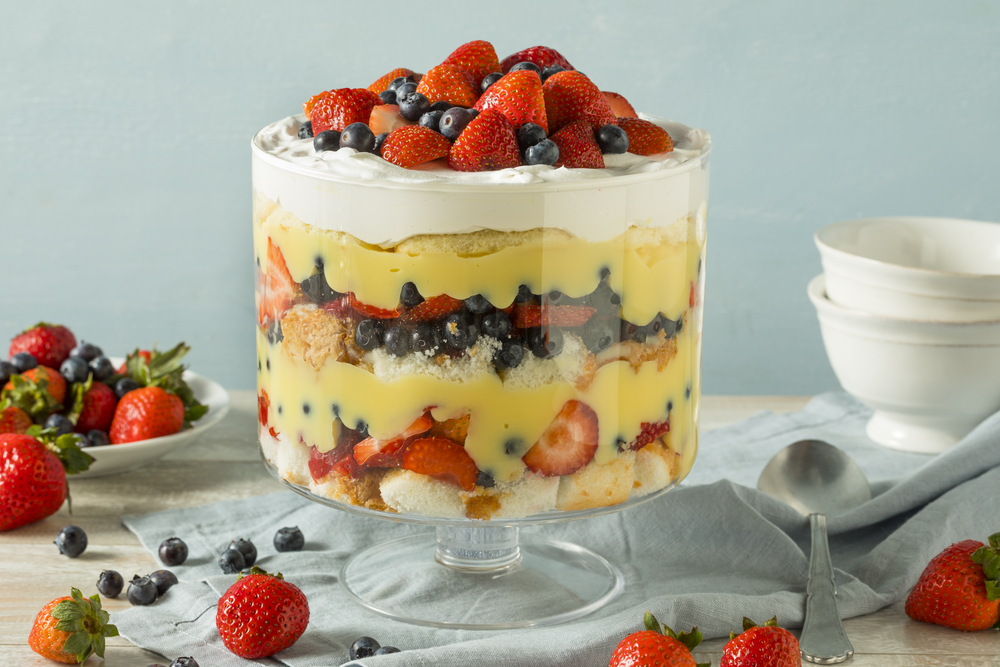Christmas foods and feasts vary more than other holiday meals. From main courses like roast meat or seafood to gingerbread and Yule logs, from the many cultures and religions that celebrate Christmas come an equal number of unique and delicious menus.
Below is an excerpt from the Christmas chapter of Food, Feasts, and Faith: An Encyclopedia of Food Culture in World Religions, available digitally in our Gale Virtual Reference Library:
There are many foods and dishes that are associated particularly, if not exclusively, with Christmas in different parts of the world. With the globalization of food habits, roast turkey has become the centerpiece of Christmas meals in many countries, accompanied by local specialties reflecting cultural and ethnic customs. Baked goods are popular, and every region has its own version of a Christmas cake or Christmas cookie. The American Christmas dinner is based on English colonial traditions and resembles the Thanksgiving meal, in which the central component of the meal is turkey or some other roast meat. Christmas Eve is the final day of Advent, so for many Catholics it was traditionally a day of fasting from meat and dairy products. Although fasting is no longer required, fish courses are still common among Old World and immigrant families.
Find the Gale Virtual Reference Library at www.tulsalibrary.org/research/databases/g, then login with your last name and TCCL card number.
We also browsed through our AtoZ World Food database for Christmas recipes used by nations and cultures around the world. Read a bit about them below, and click the dish title to be linked to the recipe or search for the dish name once you log in to the database.
Note that you'll be asked to log in to the database the first time you select a link from below. You should only need to login once. TIP: Hold the Ctrl button (bottom left of your keyboard) while you click the link. That way, the link will open in a new browser window and you'll easily be able to switch back to this blog post for reference.
Argentina -- Even though Christmas hits Argentina in summer, most foods eaten to celebrate the event have a strong European influence, which usually means lots of calories. Argentina was a big country for European immigration, particularly during the first half of the 20th century. The reflection of that in Argentina's menus is undeniable. Budín de navidad—a fruitcake with nuts and brandy-soaked fruit—together with pan dulce and turrón, all come to the Christmas table after dessert on Christmas Eve.
Armenia -- Anoush Abour, which means "sweet" in Armenian, is a traditional pudding of pearl barley or wheat berries with dried fruits. This dessert holds a place of importance at the Armenian Christmas table. Every Armenian seems to have their own recipe; some cooks add chopped apricots and pistachios to the porridge, or pomegranate seeds to the garnish.
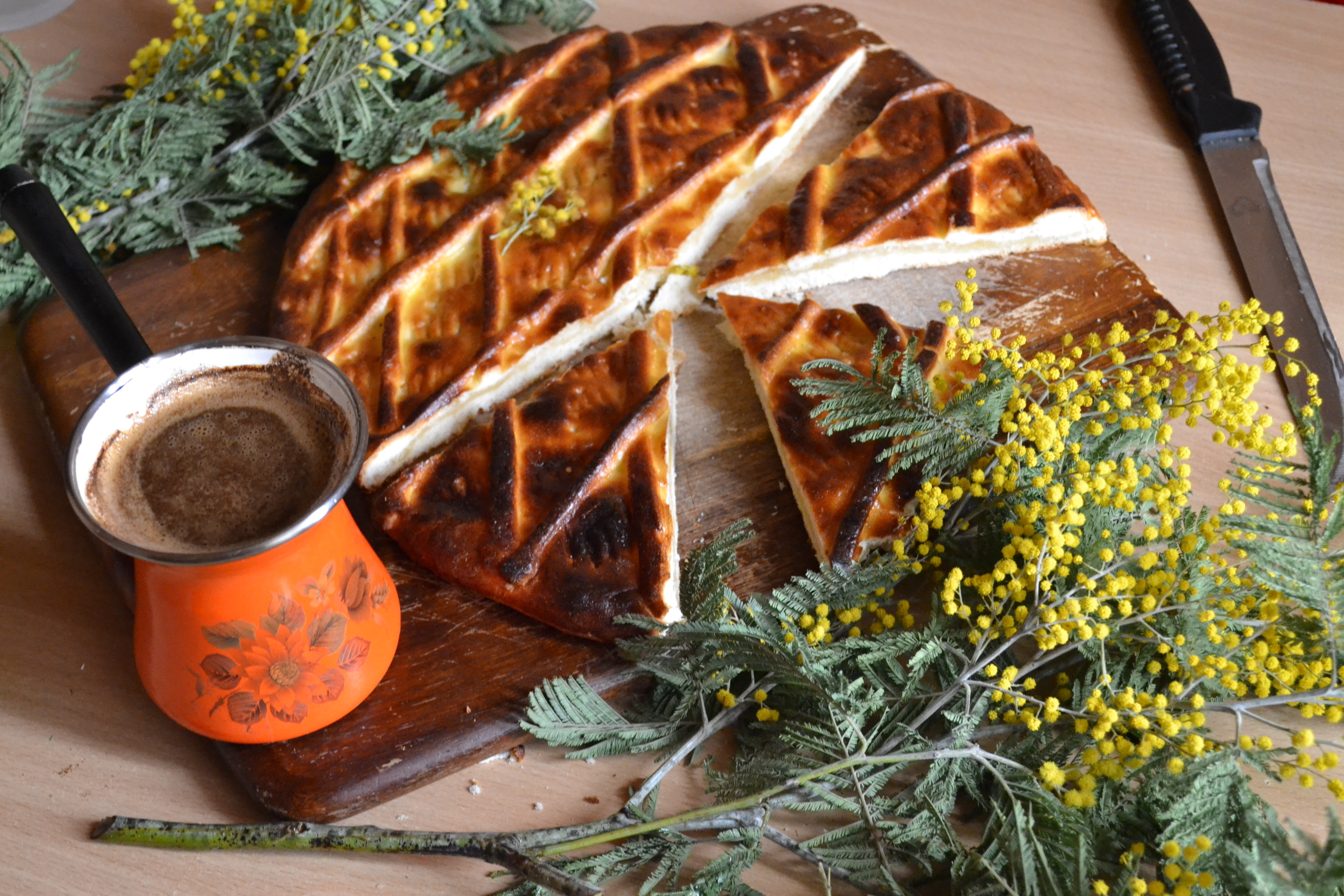 Gata is an Armenian stuffed bread served during celebrations of Christmas and the New Year. Traditionally, one gata in the batch would be baked with a coin inside. Whoever finds the coin in their gata is blessed with good fortune. This simple bread has a sweet, buttery filling known as khoriz. In different regions across the country, Armenians flavor the khoriz with cocoa, nuts, or spices. This is a recipe for a traditional gata, but cocoa powder or chopped walnuts would be an appropriate addition to the filling.
Gata is an Armenian stuffed bread served during celebrations of Christmas and the New Year. Traditionally, one gata in the batch would be baked with a coin inside. Whoever finds the coin in their gata is blessed with good fortune. This simple bread has a sweet, buttery filling known as khoriz. In different regions across the country, Armenians flavor the khoriz with cocoa, nuts, or spices. This is a recipe for a traditional gata, but cocoa powder or chopped walnuts would be an appropriate addition to the filling.
Belgium -- Historically, cougnou, or “Bread of Jesus,” was a special holiday treat sold only during the Christmas season. However, this delicious bread with its rich, brioche-like texture became so popular it is now sold year-round in Belgian bakeries. The glazed loaf is shaped to resemble the swaddled baby Jesus with two large raisins for eyes.
Bermuda -- Cassava pie in Bermuda reportedly dates to around 1612 when the first British settlers to the island grew cassava root for flour. Today, the pie is widely recognized as the official dish of Christmas in Bermuda and, to a lesser extent, Easter and other holidays. Featuring sweetened cassava combined with meat and seasoning, it is normally baked in large quantities for holiday parties and resembles cake more than pie. Serve alongside candied sweet potatoes.
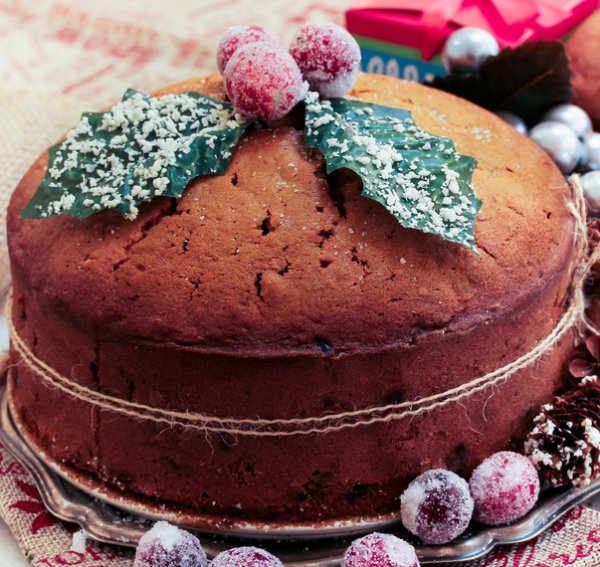 Brazil -- A descendant of Italian panettone, bolo de natal (Christmas cake) is a popular Christmas fruit cake sweetened with rum. Some recipes include dates or apricot, and some top the finished cake with whipped cream and chopped candied fruit.
Brazil -- A descendant of Italian panettone, bolo de natal (Christmas cake) is a popular Christmas fruit cake sweetened with rum. Some recipes include dates or apricot, and some top the finished cake with whipped cream and chopped candied fruit.
Denmark -- Æbleflæsk (apple pork), a simple meal of pork and apples, is a traditional Christmas dish. The main ingredient in this classic Danish recipe is cured or salted pork belly. Some recipes add onions. Æbleflæsk is often served on rugbrød (rye bread), a dense Danish rye bread, and usually washed down with beer.
Something of a cross between a pancake and a popover, the much-loved æbleskiver (buttermilk puffs) are commonly served at Christmastime with glogg, a mulled wine.
Risalamande is a Danish rice and almond pudding complemented by a warm cherry sauce. This traditional dessert is often served on Christmas Eve in Denmark. Some cooks add sherry to the rice pudding, and some garnish with whipped cream and a few sliced, toasted almonds or a sprig of mint in addition to sweet or sour cherry sauce.
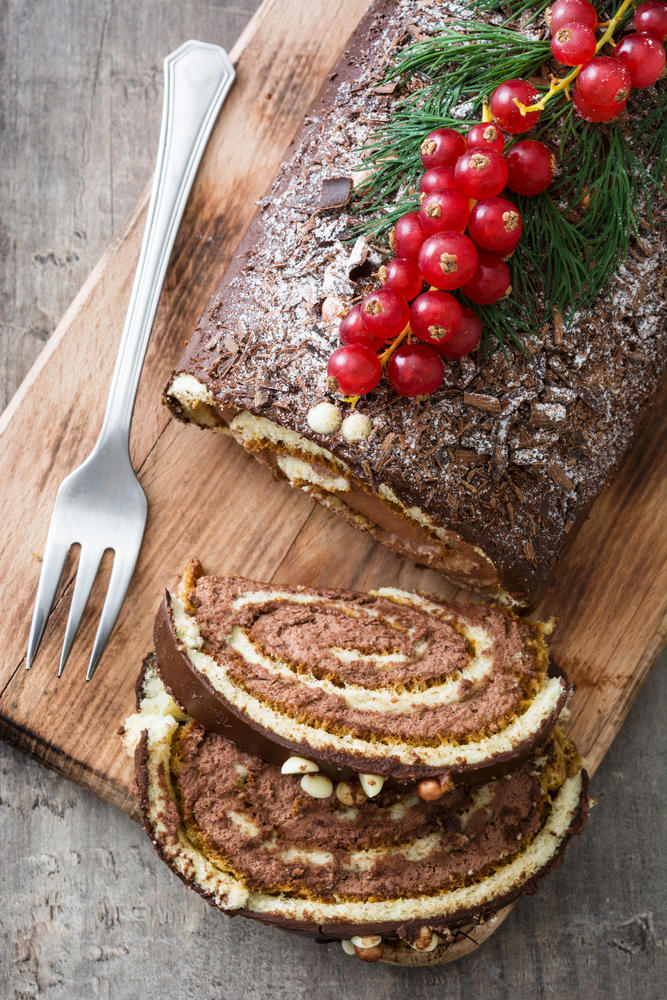 France -- Bûche de Noël (Yule Log) is a classic French Christmas cake. Meaning “Yule log,” it consists of a rolled, buttercream-filled sponge cake frosted with chocolate ganache. A fork is used to mark the length of the ganache to simulate bark. Mushrooms made of marzipan and chocolate twigs finish off the log, creating a cake that is as beautiful as it is tasty. Yule log cakes are so popular that they are now an international holiday confection.
France -- Bûche de Noël (Yule Log) is a classic French Christmas cake. Meaning “Yule log,” it consists of a rolled, buttercream-filled sponge cake frosted with chocolate ganache. A fork is used to mark the length of the ganache to simulate bark. Mushrooms made of marzipan and chocolate twigs finish off the log, creating a cake that is as beautiful as it is tasty. Yule log cakes are so popular that they are now an international holiday confection.
Georgia -- This classic Georgian recipe features tender chicken smothered in a thick, creamy, garlic and walnut sauce called satsivi. Traditionally, during Christmas and New Year, this dish is made with turkey. At other times of the year chicken is usually used. Vegetarian versions of this dish are made with eggplant or cauliflower in place of meat. 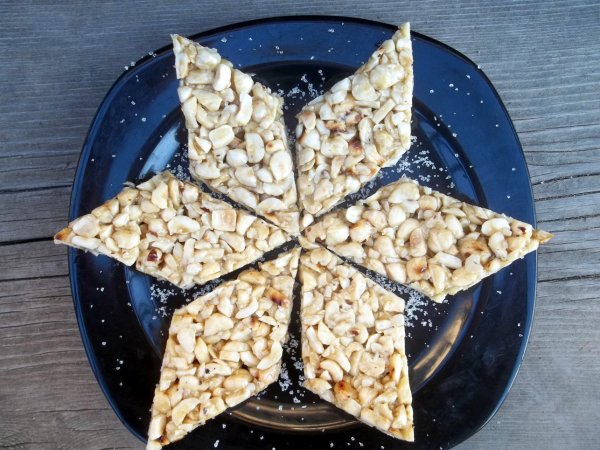
Gozinaki, or gozinaqi, is a Georgian candy traditionally made on New Year's Eve and Christmas with the hope of a sweet life. This confection consists of nuts caramelized in honey. Some recipes for this nougat include egg whites, dried fruits, and/or seeds.
Ireland -- Traditional Irish Christmas cake is a month-long labor of love that involves “feeding” a baked fruit cake with Irish whiskey (or brandy), enabling it to mature and develop the characteristic rich flavors in time for the holidays. The Christmas cake is typically decorated with marzipan and white frosting.
Latvia -- Eggnog is a milk punch that is a traditional Christmas favorite in Latvia. There are many variations.
Lithuania -- Dievo pyragai are paper-thin wafer crackers also known by the names plotkelė, paplotėlis or plokštainėlis The crackers are typically stamped with Christmas images showing the Nativity or the Star of Bethlehem. Though similar to Eucharistic wafers offered at Roman Catholic masses, dievo pyragai are not sanctified by the church. Since the tenth century, families have been breaking and sharing these wafers at the meatless Christmas Eve dinner. Dievo pyragai symbolizes family unity. Offering this wafer also reflects forgiveness and reconciliation among family members.
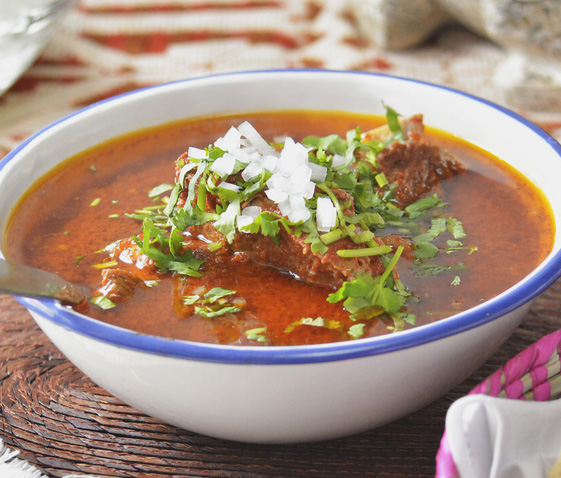 Mexico -- Originally from Jalisco (Western Mexico), birria is a spicy stew made from goat or mutton, and less often from beef or chicken. It is the kind of dish often served at celebrations such as weddings, or on special holidays like Christmas. Birria can be made as a stew, but is also a very popular taco filling at street vendor stands. Some like it for breakfast, possibly because it is supposed to be a cure for a hangover.
Mexico -- Originally from Jalisco (Western Mexico), birria is a spicy stew made from goat or mutton, and less often from beef or chicken. It is the kind of dish often served at celebrations such as weddings, or on special holidays like Christmas. Birria can be made as a stew, but is also a very popular taco filling at street vendor stands. Some like it for breakfast, possibly because it is supposed to be a cure for a hangover.
Ensalada de nochebuena, or Mexican Christmas Eve salad, is a beautiful medley of greens and reds prepared to celebrate the holidays. Seasonal fresh fruit and vegetables are dressed in a simple vinaigrette for this colorful and luscious salad.
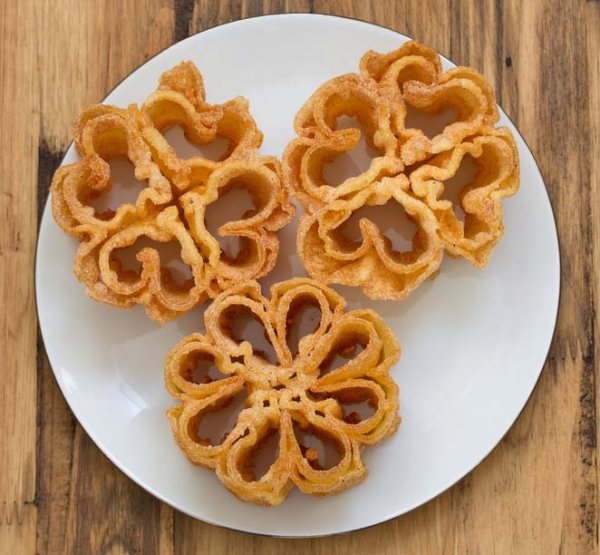 Mozambique -- Literally translating to "Christmas children," filhos de natal are fritters that originated in Portugal and became a popular holiday treat in Mozambique. Yeast dough is buttered, deep-fried, and covered with honey, creating a rich and sweet dish that is eaten for dessert or as a snack, particularly around Christmastime.
Mozambique -- Literally translating to "Christmas children," filhos de natal are fritters that originated in Portugal and became a popular holiday treat in Mozambique. Yeast dough is buttered, deep-fried, and covered with honey, creating a rich and sweet dish that is eaten for dessert or as a snack, particularly around Christmastime.
Norway -- Fattigman, which means "poor man" in Norwegian, are simple diamond-shaped cookies traditionally made at Christmastime. Traditionalists use a fattigman cutter to cut the dough into strips. This is something like a small pizza cutter with ruffled edges.
 Kransekake is a tiered Norwegian ring cake. It has a texture much like a cookie, which helps it stand rigid and tall for weddings, Christmas and other celebrations. The batter is baked in graduated round cake pans, with the largest serving for the foundation. White frosting is drizzled on like “snow” on the “Christmas tree.” The cake is then decorated with sprinkles, tinsel, or Norwegian flags. Christmas kransekake is topped off with a star.
Kransekake is a tiered Norwegian ring cake. It has a texture much like a cookie, which helps it stand rigid and tall for weddings, Christmas and other celebrations. The batter is baked in graduated round cake pans, with the largest serving for the foundation. White frosting is drizzled on like “snow” on the “Christmas tree.” The cake is then decorated with sprinkles, tinsel, or Norwegian flags. Christmas kransekake is topped off with a star.
Philippines -- A Filipino rice cake traditionally eaten around Christmas, bibingka is traditionally cooked in a clay pot lined by banana leaves. The popular dessert or snack is made with rice, coconut milk, eggs, and milk, along with various other ingredients. While the traditional method of cooking bibingka is time consuming, modern recipes call for a much less labor-intensive process of baking in an oven.
Poland -- Fish recipes like baked cod are typical of Polish cuisine, especially around Christmas, prepared as dishes to be enjoyed by the whole family. While this tasty casserole traditionally uses cod, halibut may be substituted. Serve this fish entrée—enriched with tomato sauce, zucchini, and fresh herbs—with pierogis for a wholesome, crowd-pleasing meal.
Portugal -- Bacalhau com Natas (salted cod with cream): This rich version of salted cod is a favorite at Christmas as well as at weddings and other social gatherings. Some versions of this recipe use a béchamel sauce, vegetables, french fries, or cheese. Because it is so rich, this dish goes well with lighter accompaniments, such as salad or steamed vegetables.
Romania -- Cozonac, a traditional leavened bread, is a holiday staple in Romania, prepared for Easter, Pentecost, Christmas, and New Year’s Day. While its sweet, egg-enriched dough is made similarly throughout the country, the choice of filling differs by region. This recipe uses a vanilla-walnut mixture for a sweet, rich taste. However, raisins, citrus zest, or even rum are other typical ingredients of cozonac. Serve this Romanian treat warm, topped with butter, for a delicious bread or dessert.
Russia -- Bobal’ki balls are drenched in either a sweet or savory sauce for Russian Christmas and Easter treats. Yeasted baked balls of dough, savory bobal’kis are soaked in onion and sauerkraut that has been sautéed in butter, while the sweetened variety is doused in honey and poppy seeds. 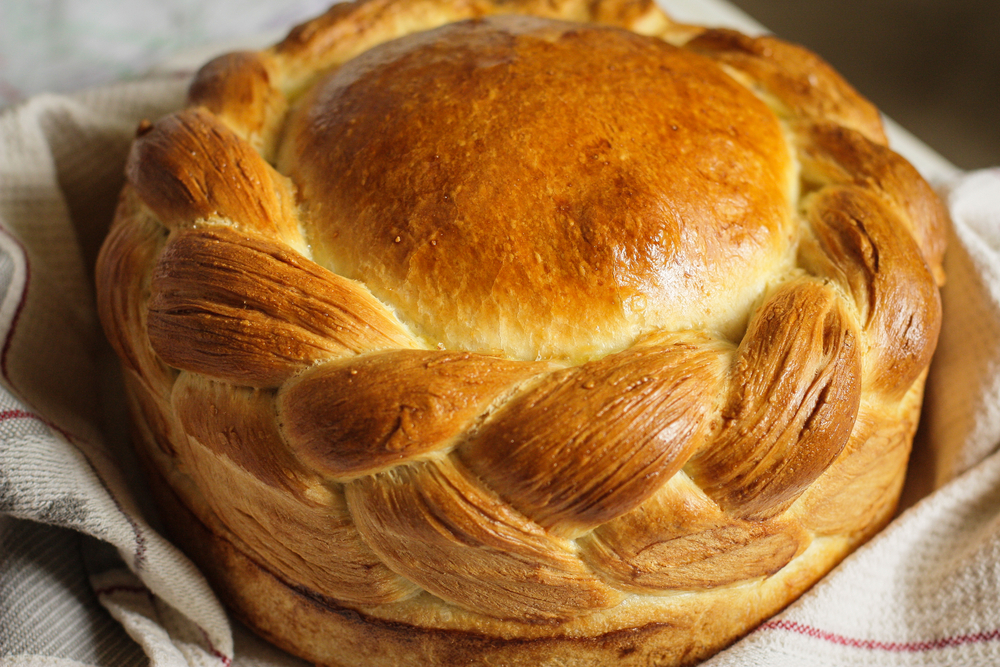
Serbia -- Most meals served in Serbia and Montenegro on Christmas day will include round bread called cesnica. Many loafs are topped with decorations and religious symbols. The word cesnica is derived from the Serbian word cest, which means to share. Traditionally, the loaf of bread is rotated around the table counterclockwise three times before each person takes a piece. Many times a coin is baked inside the bread and whoever finds it is said to have good luck in the coming year.
